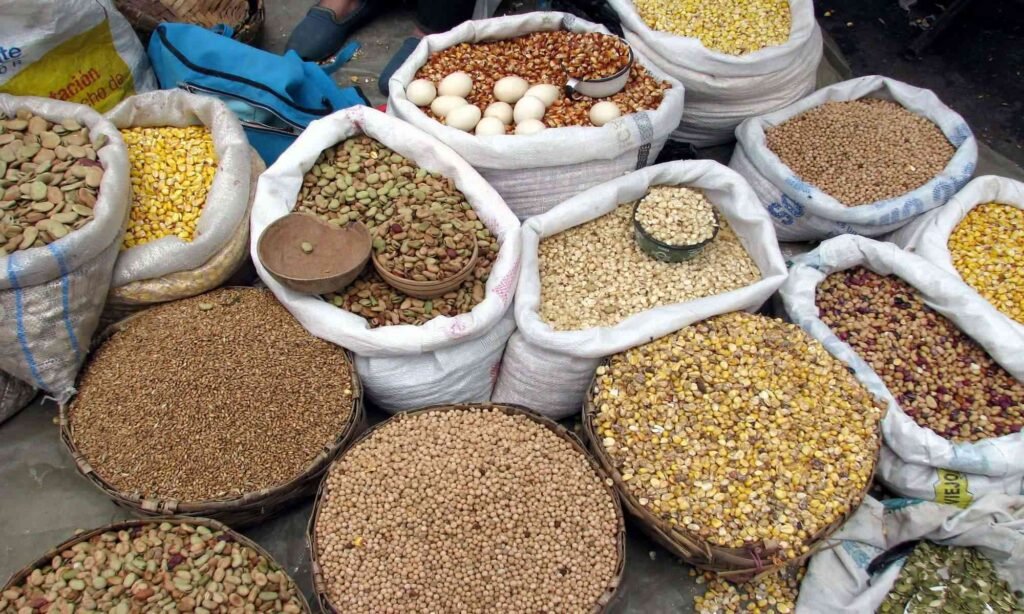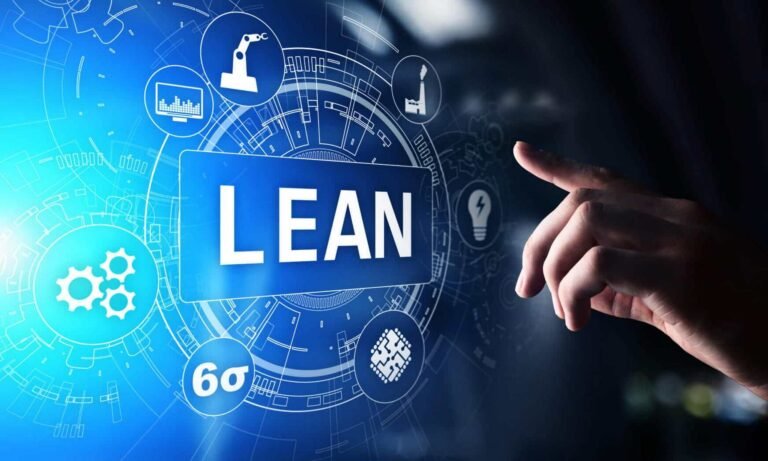Overconsumption and perhaps not overpopulation drives climate change. A projected decline in fertility could see the world’s population peak in just four decades, with Japan and Spain halving in size. But then again: Overpopulation may drive overconsumption. Regardless, resource management and sustainable practices are crucial in mitigating environmental impact. Investing in innovative solutions can help balance economic growth with ecological preservation.
An increasing global population strains resources, driving higher demand for essentials like food, water, housing, energy, and healthcare. This consumption worsens ecological degradation, heightens conflicts, and raises the risk of large-scale disasters such as pandemics.
Overpopulation
How many earths we need if the world’s population lived like…

Fertility, mortality, migration, and population scenarios for 195 countries and territories from 2017 to 2100 → Global Health Metrics 2017-2100
Understanding potential patterns in future population levels is crucial for anticipating and planning for changing age structures, resource and health-care needs, and environmental and economic landscapes.
Future fertility patterns are a key input to estimation of future population size, but they are surrounded by substantial uncertainty and diverging methodologies of estimation and forecasting, leading to important differences in global population projections.
Changing population size and age structure might have profound economic, social, and geopolitical impacts in many countries. Learn more about forecasted Population Shifts 2017-2100 (top ten countries by population in 2017 & 2100).
Overconsumption
Overconsumption describes a situation where the use of a natural resource has exceeded the sustainable capacity of a system. A prolonged pattern of overconsumption leads to the eventual loss of resource bases available on earth.
Human consumption – of food, energy, and other goods and services – is tied to greenhouse emissions, which in turn drive climate change. Reducing consumption can thus mitigate climate change by limiting greenhouse gas emissions associated with the production of goods and services.
Avoid excessive consumption without considering its environmental impact. Contribute to a better planet with every online search by using Ecosia, the tree-planting search engine.
The Environment
The environment is the sum of all living and non-living elements that affect human life. Biotic elements include animals, plants, forests, and birds, while abiotic elements consist of water, land, sunlight, rocks, and air.
With this RFQ, we are seeking reliable and professional services for carbon credits B2C business (start-up in Switzerland) -> Retail of CO₂ Compensation. Should you be interested in pursuing this idea further, you are cordially invited to submit your best quote.
Our environment provides essential resources like food, shelter, and air, supporting all human needs and maintaining life cycles on Earth. It sustains life, enhances wellbeing, supports health, and offers enjoyment through its broad-ranging contributions. 10+1 simple things YOU can do to contribute to the protection of our environment:
- Reduce, reuse, and recycle. Cut down on what you throw away. Follow the three “R’s” to conserve natural resources and landfill space.
- Volunteer. Volunteer for cleanups in your community. You can get involved in protecting your watershed, too.
- Educate. When you further your own education, you can help others understand the importance and value of our natural resources.
- Conserve water. The less water you use, the less runoff and wastewater that eventually end up in the ocean.
- Choose sustainable. The everyday choices we make all have impacts on our planet. Keep track on your footprint and take your first step with WWF’s environmental Footprint Calculator.
- Shop wisely. Buy less plastic and bring a reusable shopping bag.
- Use long-lasting light bulbs. Energy efficient light bulbs reduce greenhouse gas emissions. Also flip the light switch off when you leave the room!
- Plant a tree. Trees provide food and oxygen. They help save energy, clean the air, and help combat climate change.
- Don’t send chemicals into our waterways. Choose non-toxic chemicals in the home and office.
- Bike more. Drive less.
- Practice safe sex. It is not only good for your health but also helps to prevent overpopulation and keep the World Population within considerable limits and bearable for our planet.
Sustainability as Value Creation
Sustainability isn’t about value preservation. It’s about value creation. Organizations that effectively anchor their approach to long-term value are best positioned to benefit from the value they create.
Sustainable transformation requires visionary and adaptable leadership that can navigate complexity and uncertainty while staying committed to long-term objectives.
By embodying these qualities, leaders can effectively drive sustainable transformation within their organizations and beyond.
Furthermore, embracing sustainability fosters innovation and builds a legacy that positively impacts both present and future generations. Sustainable leaders pave the way for resilient and thriving communities. Their commitment to ethical practices strengthens stakeholder trust and enhances brand reputation. By prioritizing sustainability, organizations contribute to global efforts in environmental preservation and social responsibility.
My Services
My Services include tailored solutions for short-term assignments or long-term roles, with flexibility for global travel. Each engagement is customized to align with strategic goals, ensuring a lasting impact on performance.
My Background, extensive globally gathered experience and well-developed solid core competencies are available to address diverse business needs, ensuring exceptional outcomes.
Contact me today for effective support in navigating challenges and driving success.
What’s More

My Blog ( 112 )
Dependence (10) Fiction (10) Karma (9) Landmarks (10) Paramount (9) Spectrum (9) Spotlight (10) Take Off (9) Terra Shapes (9) Trepidation (9) Unique (9) Virtue (9)
Amazing Stuff (9) Beyond Known (10) Controversial (9) Digital World (10) Inequities (10) Innovative (9) Metaphysics (9) Orbiting Entities (10) Our Society (10) Outer Space (9) Value Creation (10) Yearnings (10)

My Interests ( 115 )
Site Forum
Curious to dive deeper and ready to share your thoughts on this? Join the conversation and be part of the FORUM@ericroth.org Your online discussion board providing space for engaging exchanges on specific topics and shared interests across this website.


















